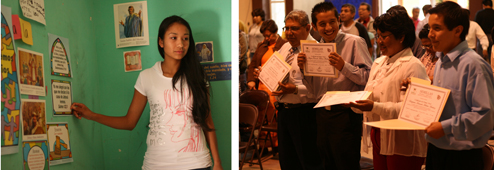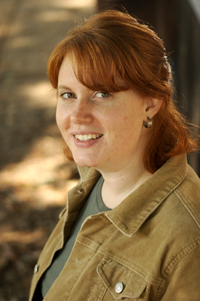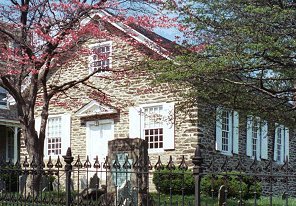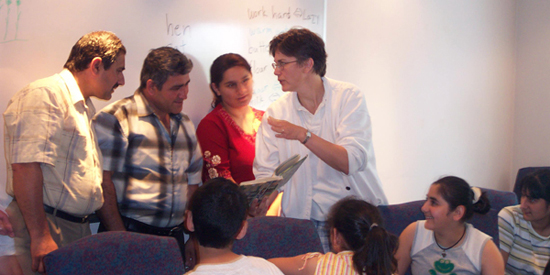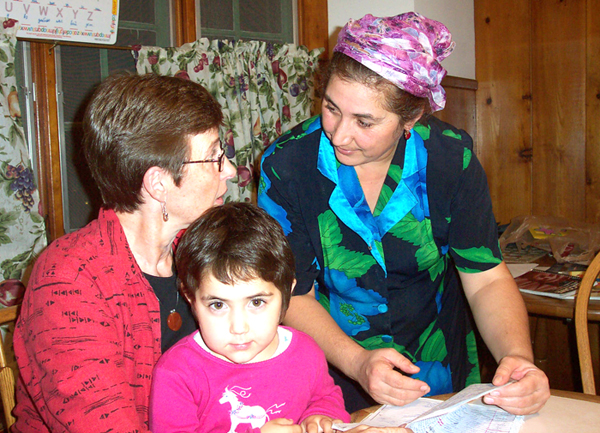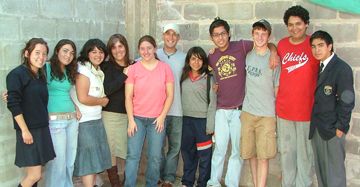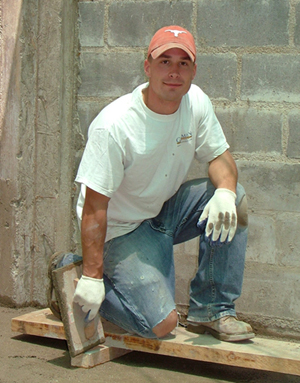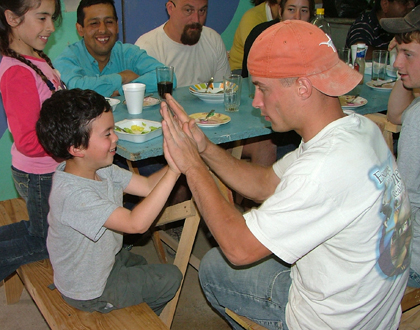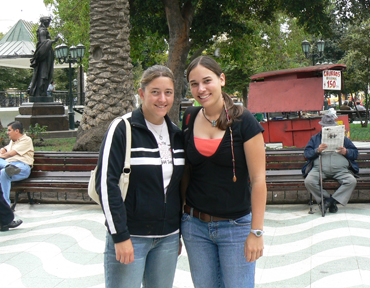“Deep and Wide – Expanding Hospitality in the Faithful Churchâ€
Keynote Speakers – Dr. Eddie Gibbs, Fuller Seminary
Dr. Ron Sider, Evangelicals for Social Action
At Franconia Mennonite Church – Telford, PA – Tuesday, May 8 from 8:30 AM to 7:30 PM
Workshops: “The First Thirty Secondsâ€
“Pastoral and Lay Leadershipâ€
“Calling a Truce to Worship Warsâ€
“Assimilation and the Churchâ€
Another by Keynote speaker, Eddie Gibbs
You may choose two from these selections
Early Bird Registration – $109 per person
$99 per person for 2-4 from a congregation
$89 per person if 5 or more from a congregation
Includes two delectable meals again catered by Wegmans! And also a free book just being published entitled Deep and Wide: Hospitality and Assimilation in the Faithful Church. This book speaks to the issue of how to retain and include new attendees in your congregation.
For additional information contact New Life Ministries – and talk to Kristen at
800-774-3360, or give Ed Bontrager a call at 540-434-9727.




